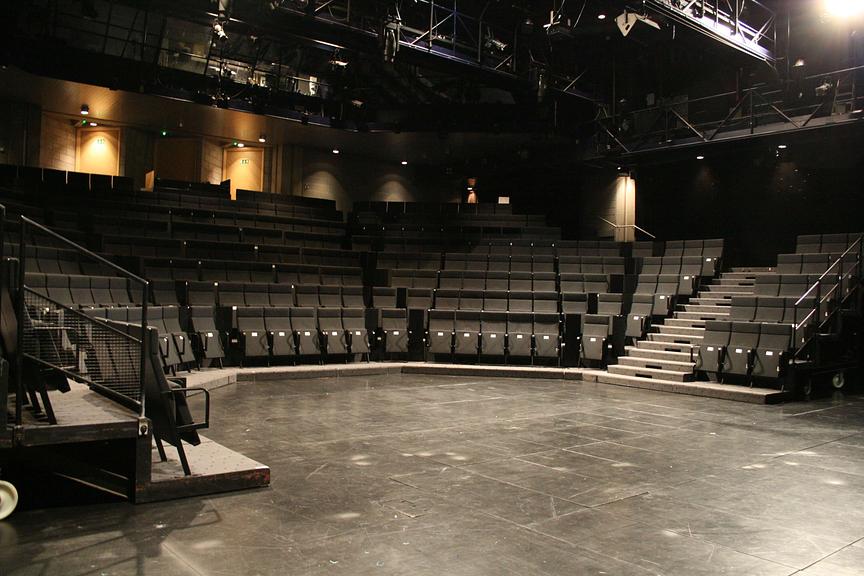No matter what job people end up doing, they must know how to work with others. Communication skills are as important as the actual mechanical and mental skills used in the work. Empathy skills are important not only in working life, but also in other relationships people form all throughout their lives.
Communication skills include the skills to face other people, listen and be heard as well as teamwork skills. These skills go hand in hand with the practice of empathy, gaining multiple perspectives as well as creative problem-solving.
Drama workshops can provide these skills in an action-based and experiential way. The methods described in the steps allow students to commit to various fantastical situations and act like their character would in them. The students must consider the goals and needs of their character and simultaneously those of the other actors. Often role playing using the whole body and mind leaves a strong imprint about the things learned.
Drama-based learning is characterized by “serious playfulness.” Dramatic methods open up the process to the development of creative thinking and finding new meanings. When the students make a drama, they learn to express themselves as well as other communication skills, empathy, role playing and teamwork skills.
Drama can be used in any subject to take a deep dive into a theme and focus on its reasons, consequences and study and understand it from multiple perspectives. Students can try different approaches and new perspectives from the safety of a role. This also allows them to gain more self-awareness and understanding of the world.
These five steps provide teachers tools and ideas to understand the fundamentals of drama and bring drama education into their classroom. The steps also introduce:
Drama education modules for students. During these modules, the teacher observes, adopts and learns the fundamentals of drama and the skills and elements required to implement them.
Training teachers in drama-based methods and how to implement them. Teachers receive various tools for teaching and hands-on experience from drama-based methods.
Working methods from the productions of the local theater. These include workshops, producing teaching material and holding artist meetings.
The innovation was developed in the City of Lahti where every student in basic education can participate in drama education. Schools can obtain the City's drama education services with the Lahti City Theatre's productions or implementing drama education modules right at the school. Drama teachers train teachers on the use of drama workshops in school-specific and local training afternoons, for example.


